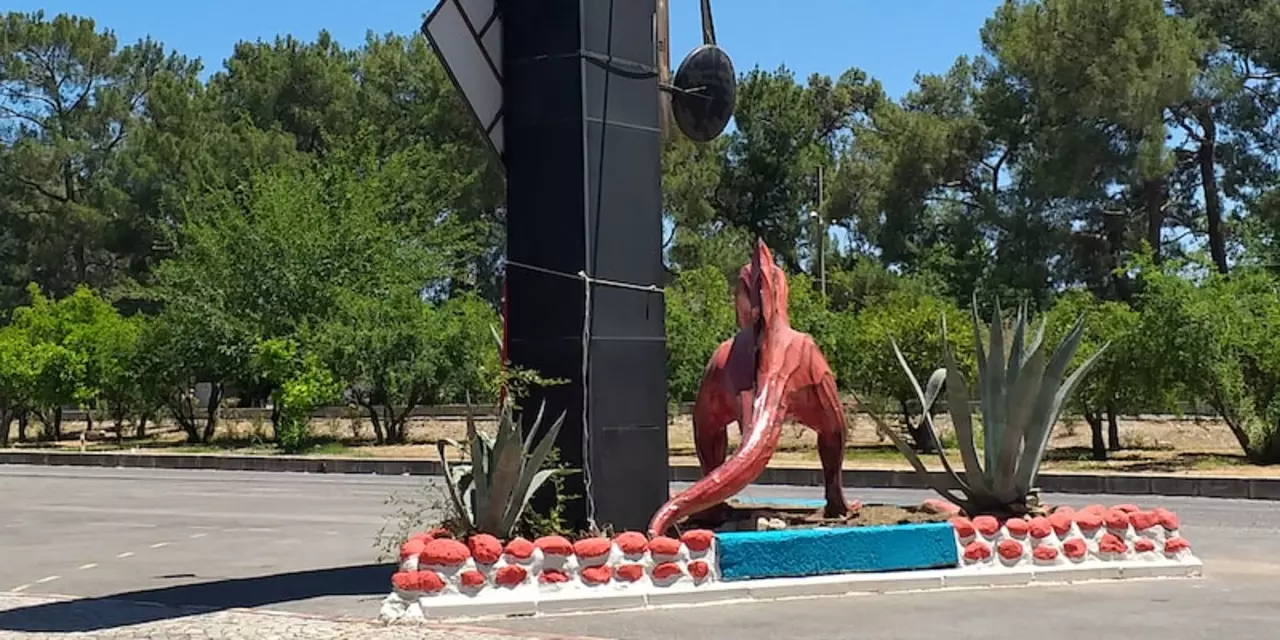7 Feb 2023

Uncovering the Risk Factors of Herbivorous Dinosaurs: Examining the Prehistoric Predators' Potential Danger
Herbivorous dinosaurs have long been considered to be relatively harmless compared to their carnivorous counterparts. While it's true that herbivorous dinosaurs weren't as likely to attack or eat humans, that doesn't mean they were entirely peaceful or docile creatures. So, how dangerous were herbivorous dinosaurs?To answer this question, we need to look at the various risk factors that could make herbivorous dinosaurs a potential danger. One of the most important things to consider is size. Although herbivorous dinosaurs weren’t as large as their carnivorous counterparts, some of them were still quite sizable. A few species of herbivorous dinosaurs could reach heights of up to 30 feet and weigh in excess of 30 tons.
Herbivorous dinosaurs were also equipped with a variety of defensive mechanisms. Some species were covered in thick armor plating, while others had horns and long spikes on their backs. These features made it difficult for predators to attack them, and they could also be used to ward off curious humans.
Additionally, herbivorous dinosaurs were often encountered in large herds. This meant that if one of the dinosaurs felt threatened, it could call on its herdmates for help. This could easily overwhelm a human or predator and result in injury or death.
Finally, it’s important to remember that herbivorous dinosaurs weren’t always gentle giants. While they were primarily focused on eating plants, they could still become aggressive if they felt threatened. During the mating season, some species of herbivorous dinosaurs could become quite territorial and hostile.
All in all, it’s clear that herbivorous dinosaurs could be dangerous, depending on the situation. While they weren’t as likely to attack humans as their carnivorous counterparts, they could still be a potential threat. Therefore, it’s important to remember that caution should be exercised when encountering these prehistoric predators.
Exploring the Hidden Hazards of Herbivorous Dinosaurs: Understanding the Risks of Prehistoric Plant Eaters
Herbivorous dinosaurs were some of the most majestic animals to roam the Earth during the prehistoric era. From the massive long-necked Diplodocus to the swift and feathered Oviraptor, these animals were the backbone of the food chain and provided sustenance for many other species. But despite their relatively peaceful nature, herbivorous dinosaurs posed a hidden danger to their surroundings.Herbivorous dinosaurs were incredibly powerful, and their size and strength could make them a formidable foe when threatened or provoked. These dinosaurs also had sharp claws and thick-armored skin to protect themselves from predators, and their sheer mass could cause damage to the environment. For example, the Sauropods, a family of herbivorous dinosaurs consisting of Diplodocus, Brachiosaurus, and Apatosaurus, were so large that their footsteps could cause landslides and create sinkholes when they walked across the landscape.
In addition to their physical power, herbivorous dinosaurs could also be dangerous due to their diet. These animals ate large amounts of vegetation, which meant they had to consume large amounts of water to stay hydrated. This often caused them to migrate over long distances in search of water, meaning they could move through areas of human habitation and cause destruction in their wake.
Finally, herbivorous dinosaurs could also be dangerous due to their sheer numbers. These animals were incredibly successful during the Jurassic and Cretaceous periods, and they often traveled in large herds. This meant that they could quickly overwhelm an area and cause destruction as they moved through it.
Although herbivorous dinosaurs weren’t as dangerous as carnivorous species, they still posed a hidden danger to their surroundings. Understanding the risks posed by these animals is essential to understanding the prehistoric world and the food chain that sustained it.



Write a comment